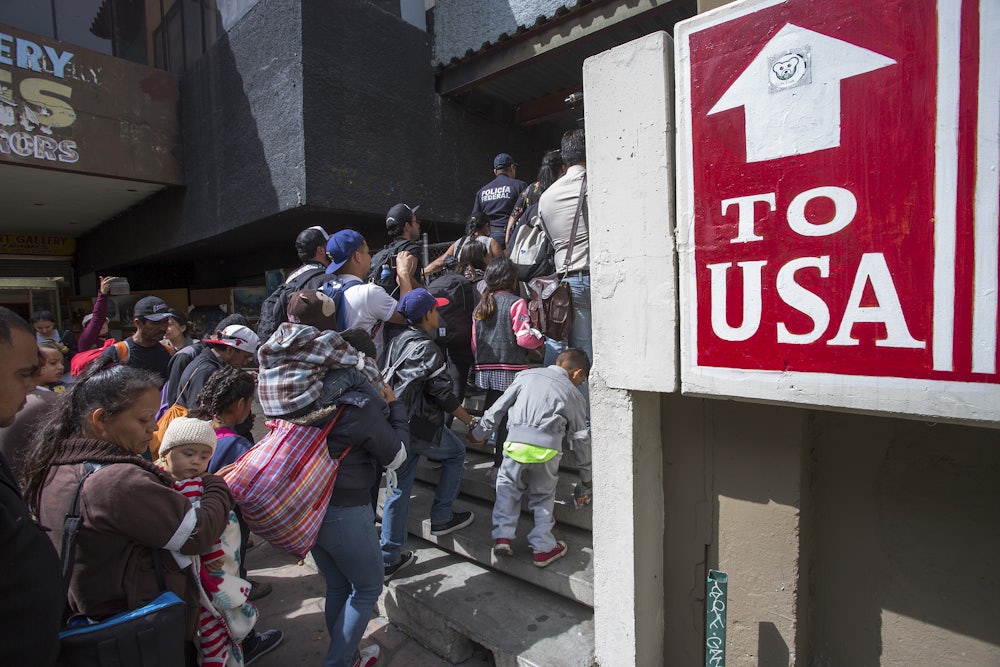In keeping with his larger agenda of reducing the number of immigrants, both legal and undocumented, that the United States will accept, the president has been systematically lowering the number of refugees allowed annually into the country.
In his final year in office, former President Barack Obama set the refugee cap at 110,000. Last year, there was an internal struggle in the Trump administration between nativists, led by White House aide Stephen Miller, and the Department of Defense and the State Department over what the limit should be. Miller wanted to shrink it to 15,000. State and Defense were arguing for a limit of 50,000. Ultimately, the administration settled on 45,000. This year, Miller was able to get Secretary of State Mike Pompeo on his side, which has led to a further reduction to 30,000.
Miller argued that U.S. resources were overstretched by asylum seekers (migrants who ask for asylum after entering the United States, versus refugees who are processed abroad) and that these resources should be spent clearing up these cases. Since asylum cases often end in deportation, a shift in resources in that direction also served Miller’s agenda of limiting the number of foreigners who gain permanent status in the United States.
The refugee cap is a ceiling, rather than a goal. By heightening the vetting process, it’s possible to further limit the number of refugees. This year, the U.S. has only accepted 20,918, well below the cap of 45,000 that could be admitted and even below next year’s cap of 30,000.
Nazanin Ash, the vice president for policy and advocacy at the International Rescue Committee, notes that setting asylum seekers and refugees against each other in a struggle for resources is a deliberate choice. “In justifying its policy intention, the administration has pitted those seeking asylum against refugees,” Ash told The New York Times. “The administration has the resources it needs to effectively administer both programs, as historic admissions levels prove.”
Historically, the United States has been the world’s most welcoming nations for refugees. As Vox notes, “between a third and a half of all refugees who’ve been permanently resettled since the end of World War II have come to America.” One of the most profound policy shifts of the Trump era is the rejection of this legacy.
